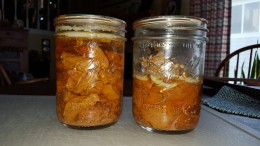Small meat processors are in high demand in Kansas and there are many new facilities being opened to ease the demand.
The K-State Meat Science program wants to help identify food safety program goals of small meat processors. This may include working on a testing program, trainings, developing inspection documentation, managing food safety programs, etc.
Please take this short assessment to help us identify needs to improve education. The survey can be found at https://kstate.qualtrics.com/jfe/form/SV_2fsvAcVOmdsxoKq
For questions about this survey, please contact Dr. Jessie Vipham at jessiev@ksu.edu.




